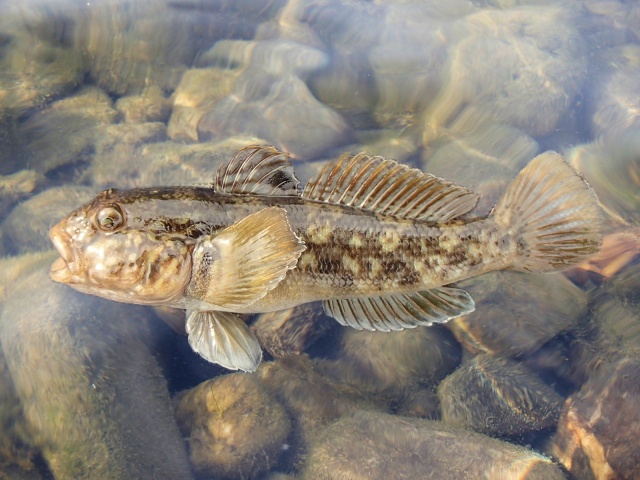Lendület researchers: invasive predators invisible to prey species
When invasive predators enter new territories, they are especially dangerous to the endemic species. According to research conducted by the Lendület (Momentum) Evolutionary Ecology Research Group at the Plant Protection Institute in the MTA Centre for Agricultural Research (MTA ATK NÖVI) these organisms are unable to recognize the threat that these newcomers pose to them.
3 December, 2016
Invasive alien predator species, which appear in new territories due to globalization and climate change, cause terrible ecological damage. Their success might depend on the fact that prey animals do not recognize them as threatening species due to the lack of individual experience and common evolutionary past. Therefore, these species might easily fall prey to invaders in large numbers.
 An invasive species in Hungary: the round goby (Neogobius melanostomus) Source: Wikimedia Commons/Peter van der Sluijs - CC-BY-SA
An invasive species in Hungary: the round goby (Neogobius melanostomus) Source: Wikimedia Commons/Peter van der Sluijs - CC-BY-SAAn international research group lead by Attila Hettyey and Veronika Bókony – MTA ATK NÖVI, Lendület (Momentum) Evolutionary Ecology Research Group – examined the mechanism based on “prey naiveté” with a novel approach. They tested the predator recognition ability of predator-naive tadpoles. The tadpoles were exposed to (i) indigenous, (ii) invasive (established or recent), (iii) non-indigenous fish species that do not occur in the habitat of tadpoles (4 Perciformes, 4 Siluriformes, 2 Cypriniformes).
They tested whether tadpoles recognized predatory fish and whether this ability depended on how long the predator had been present in the surrounding environment. The reduced activity of the tadpoles suggests that they identified indigenous perch as a threat, however when it came to recently introduced perch they did not respond.
The results were published in Ecology, the journal of the Ecological Society of America.
